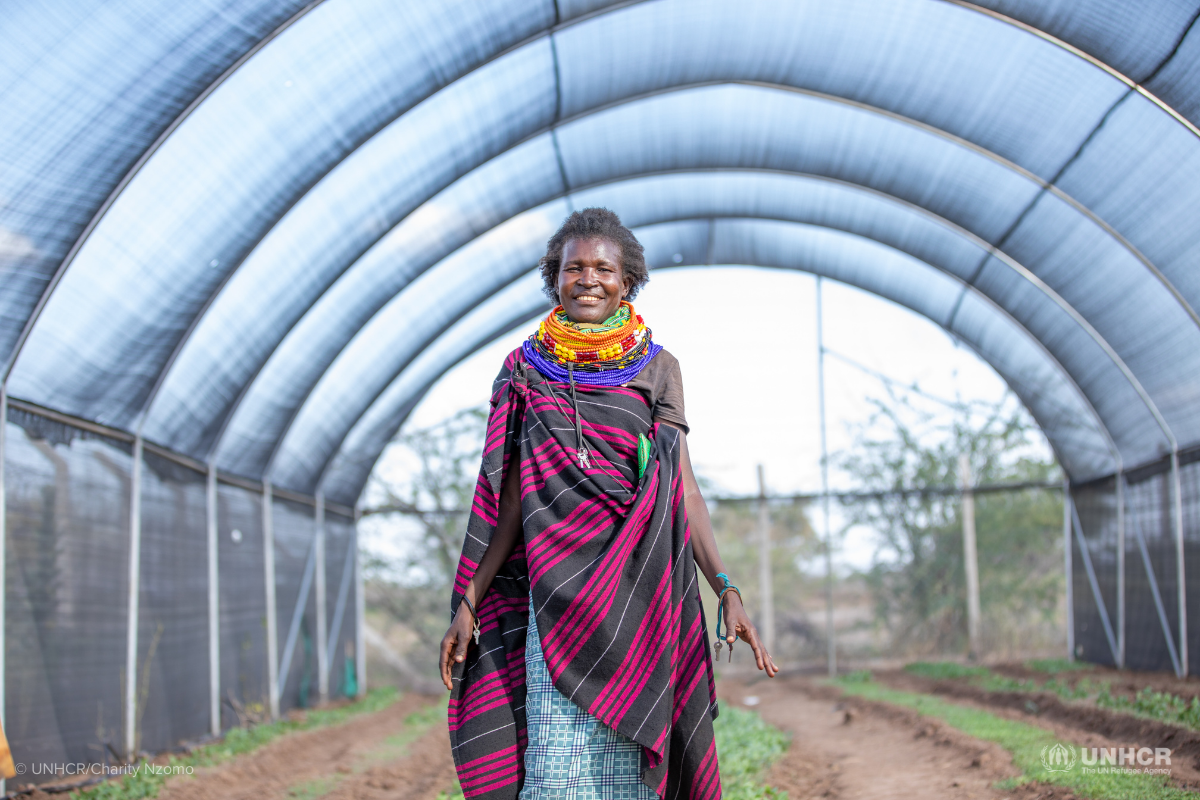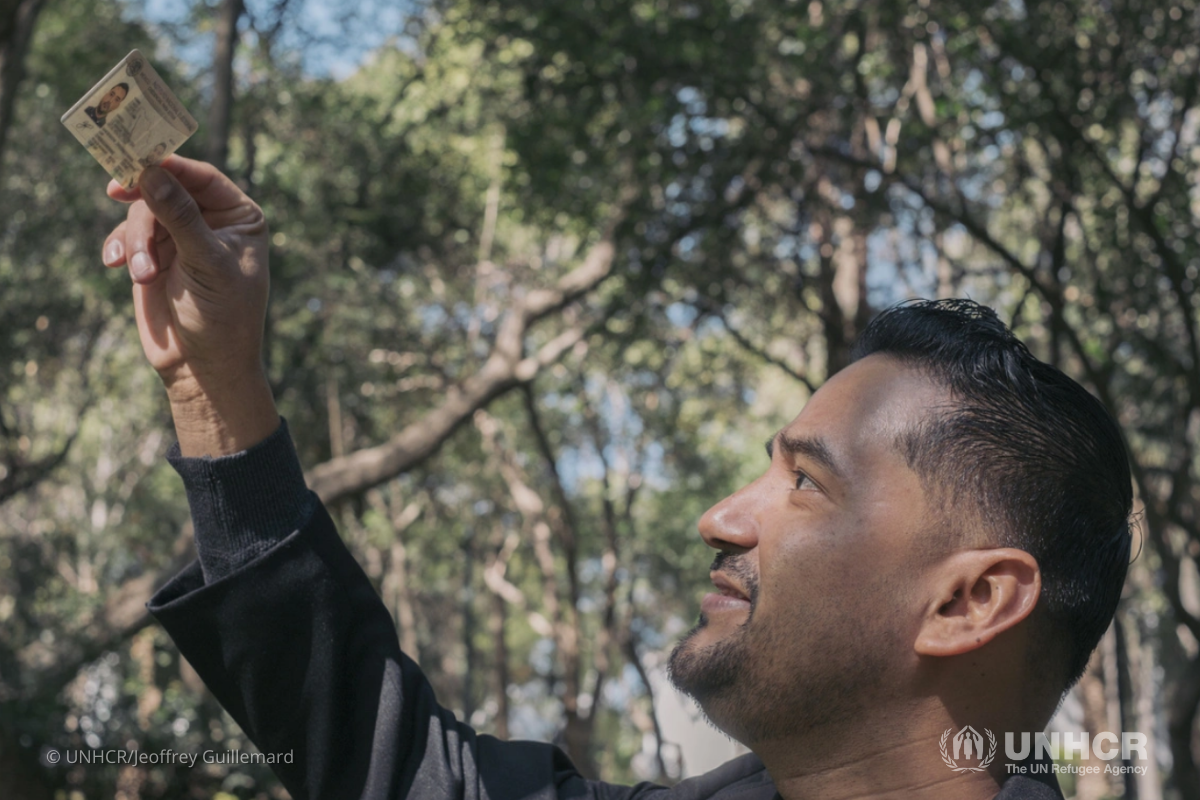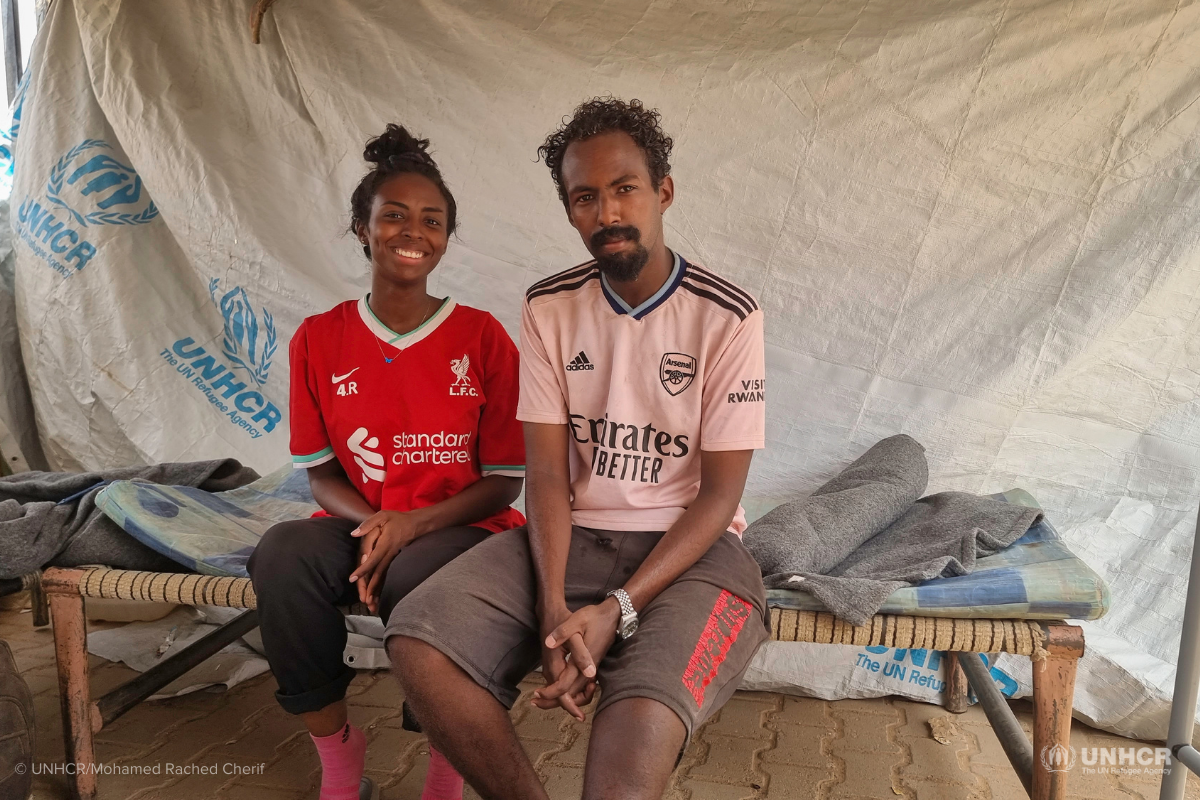Earth and agriculture give hope to refugees
When refugees flee their homes, they often take little to nothing with them; they are forced to start anew. But wherever they find refuge, the earth is there to help them rebuild. Planting and harvesting food not only allows refugees to feed and care for their families, it provides them with an opportunity to earn a living and reclaim their independence.
This Earth Day, meet five displaced women and neighbors from their host communities whose newfound hope has been fueled by the earth.
Mozambique: Isabella establishes a new relationship with nature
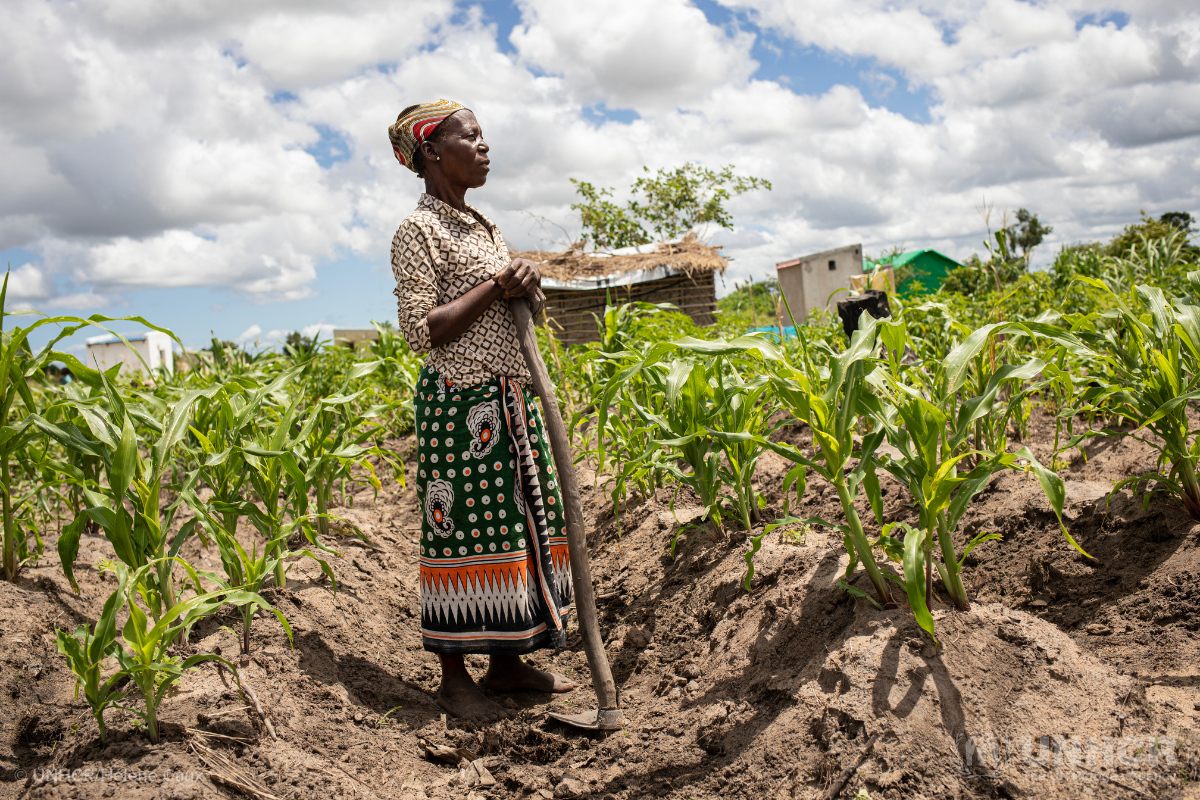
It was nature itself that forced Isabella to flee to the Savane settlement. “It [the cyclone] caught us by surprise,” she says. “We were eating and then the wind came. Some of the children were swept away by water. The trees were coming down, the houses were being destroyed.”
After being displaced by Cyclone Idai, Isabella was afraid she would never be able to rebuild again. But her new plot of land is giving her new hope. Her family received the plot to cultivate rice, maize, potatoes and vegetables.
Congo: Tabu finds a new livelihood
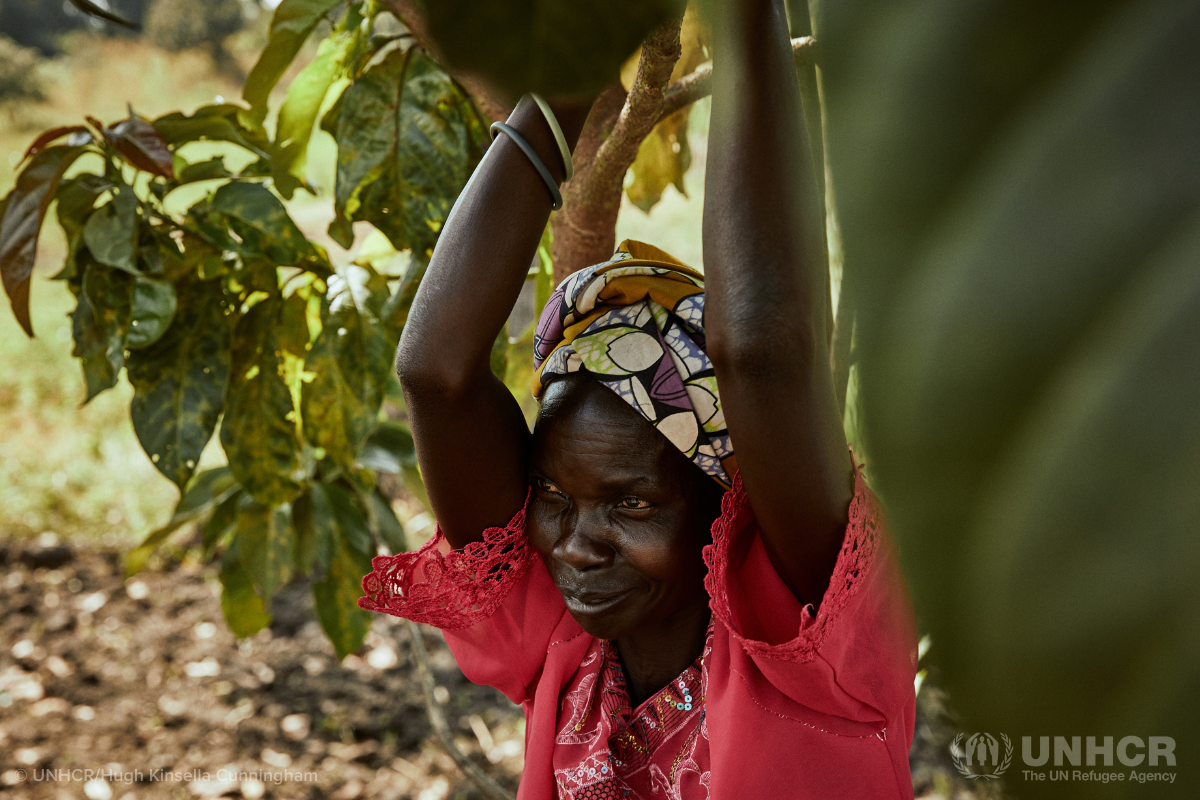
Tabu had a good life in her home country of South Sudan. She had a roof over her head and a good job working as a tailor. But when violence forced her to flee everything changed.
She fled to the Democratic Republic of the Congo where she began to rebuild from nothing. “Following war in my country, we had to flee here. I was a tailor, but now I work on the fields, at least we have safety,” Tabu confides.
Kenya (Kalobeyei): Community farm provides opportunity for Apak
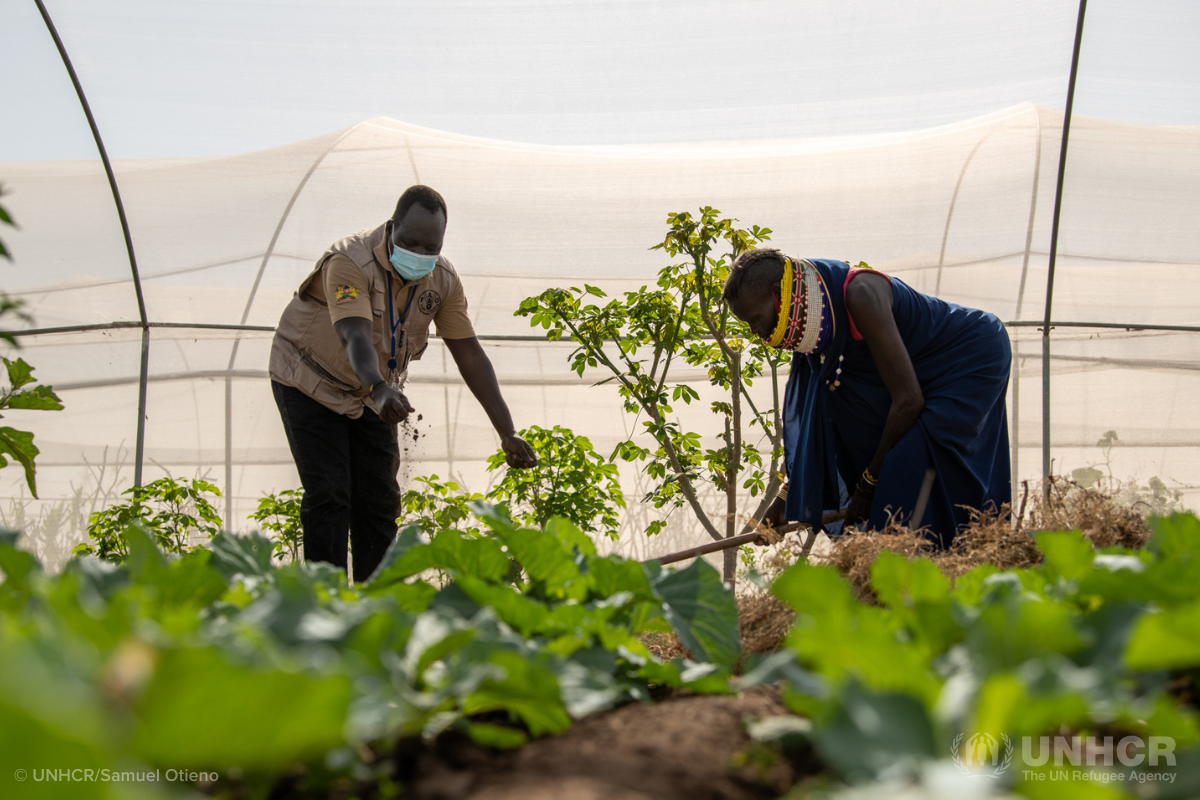
Apak is a member of the Turkana host community at the Kalobeyei refugee settlement in Kenya. Since the onset of the pandemic, the refugee and host communities in this area have faced great challenges. But the Kalobeyei Horticulture farm is giving them hope.
Apak, along with 300 other farmers from the refugee and host communities, grow crops at the shared agricultural space. The space helps them maintain their livelihoods and feed those around them.
Kenya (Dadaab): Habibo feeds her children and earns an income
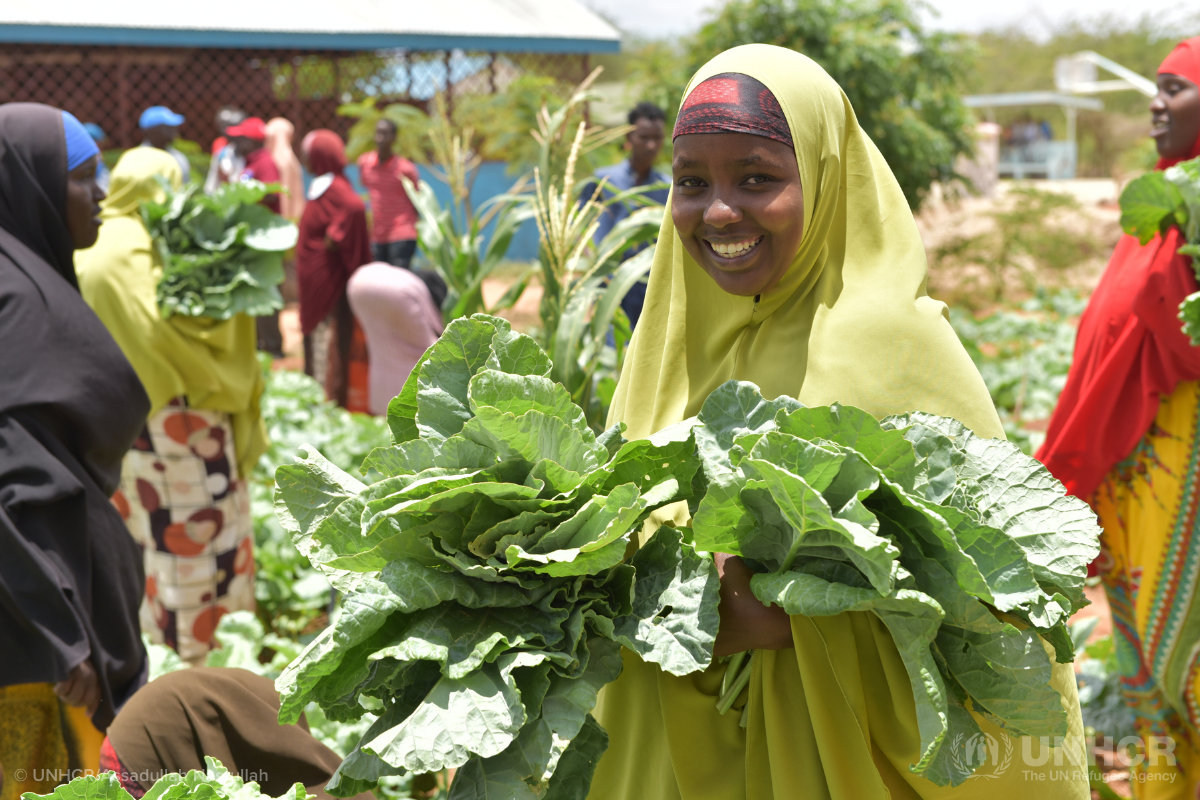
Habibo takes pride in growing her own produce. “What I harvest, I cook for my children," says the mother of four. And any surplus she has she sells at the local market.
Habibo is one of 53 Somali refugee women who learned these livelihood skills as part of a three-month course in practical farming. This unique learning opportunity is provided to displaced people living at the Ifo refugee camp in Dadaab.
Rwanda: Francine takes over the harvesting of the land
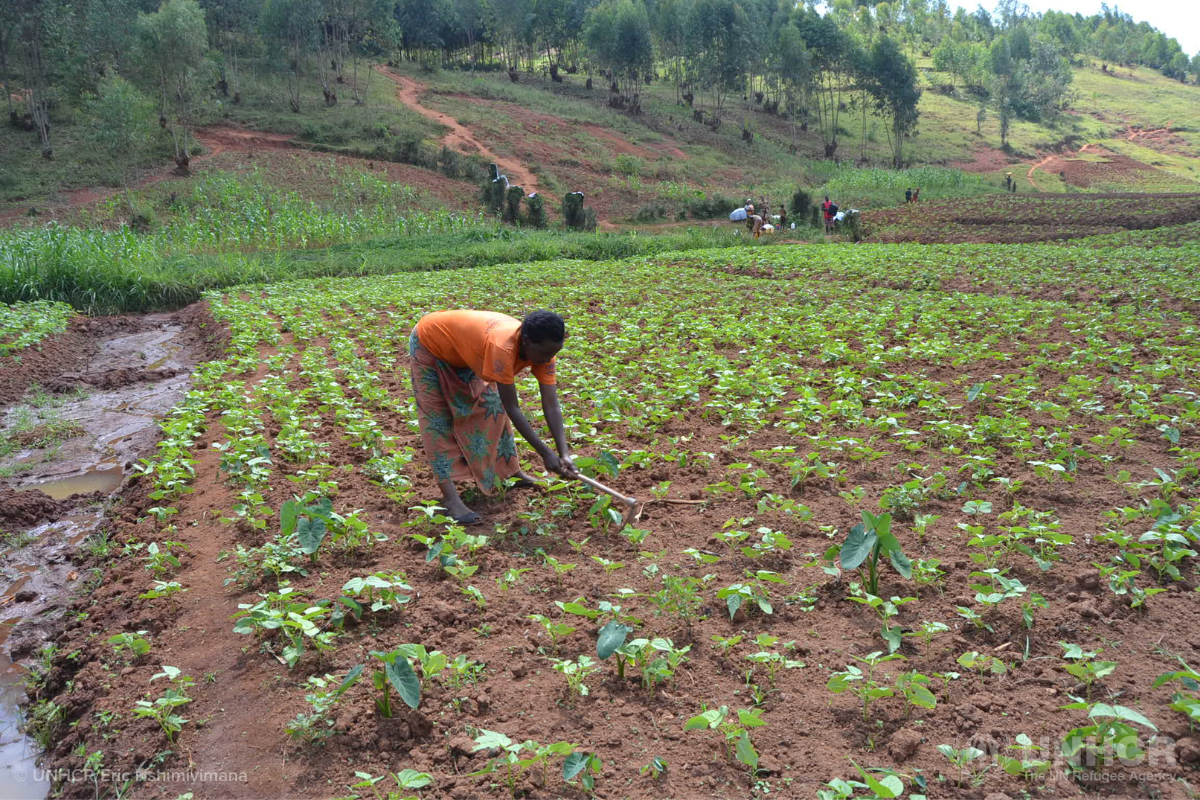
Francine, a Rwandan citizen who lives in a host community for Congolese refugees, has been farming on a small scale since she was 18 years old. She is the sole caretaker for her eight children and also responsible for paying for their education.
With the help of the Misizi project—which brings together Rwandan and refugee farmers to enhance livelihoods and promote peaceful coexistence between refugees and local communities—Francine has improved her technical farming skills and learned how to increase her yield. “With all this knowledge, I am now able to replicate these skills onto my own land,” she says, confident that she can now provide for her family.
How you can help…
You can help the UN Refugee Agency provide skills training and livelihood opportunities like these to displaced people around the world by becoming USA for UNHCR’s newest monthly donor. Together we can help those who have lost everything become self-reliant once again.
